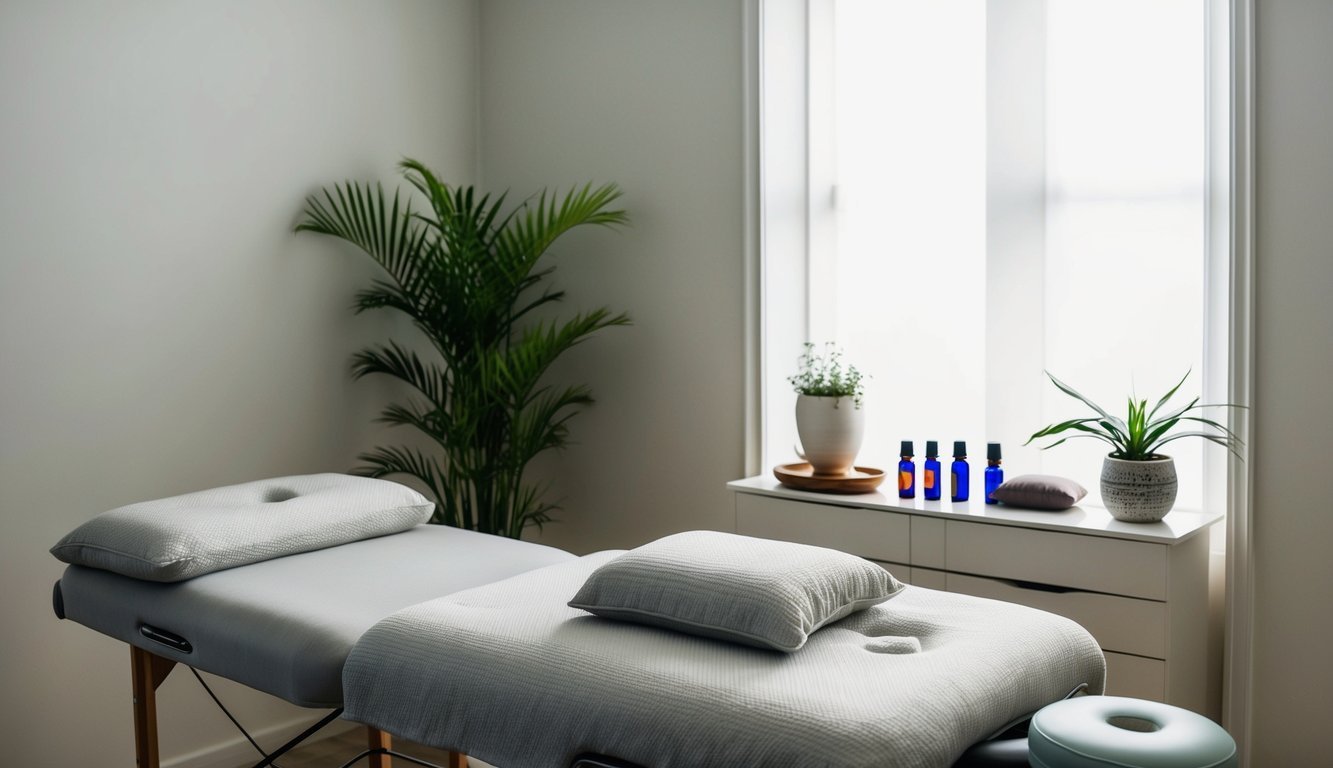
A recent investigation published in
Complementary Therapies in Clinical Practice has unveiled promising early findings that suggest tactile massage may offer relief for adolescents grappling with symptoms of Attention Deficit/Hyperactivity Disorder (ADHD). The study reported significant declines in hyperactivity and inattention among its participants. Parents noted improvements not only in focus but also in behaviors typically associated with oppositional defiance. Participants themselves expressed a newfound ease in falling asleep, indicating an overall enhancement in sleep quality.
Understanding ADHD and Traditional Treatments
ADHD affects approximately 5% of children and adolescents worldwide, manifesting as difficulties with focus, impulse control, and hyperactivity. Traditional treatment modalities often include medication and behavioral therapies, but their effectiveness can be inconsistent. Many people disrupt their medication regimens due to adverse side effects or concerns about changes in personality, leading to an increasing desire for non-pharmacological alternatives to support symptom management.
Tactile massage, characterized by gentle, rhythmic strokes, has shown potential in alleviating stress and enhancing emotional well-being in various contexts. However, research specifically focusing on its effectiveness for ADHD, especially among younger people, remains limited. This study aimed to explore whether tactile massage could provide a safe and sustainable approach for alleviating ADHD symptoms, alongside troubling issues such as sleep disturbances.
Research Methodology and Participant Involvement
In this exploration, 14 adolescents, aged between 15 and 17 and formally diagnosed with ADHD, were recruited, with the majority already on stable medication regimens. The researchers applied stringent exclusion criteria to ensure that participants did not have severe concurrent mental health challenges, substance use issues, or active psychological treatments, allowing the research to concentrate on the core ADHD symptoms. Recruitment took place at outpatient psychiatric clinics, where potential participants underwent initial evaluations to confirm their eligibility.
The intervention comprised ten weekly tactile massage sessions, each lasting about an hour, conducted by certified massage therapists following a carefully designed protocol. The environment was intentionally calming, with the sessions incorporating slow, rhythmic strokes on areas including the back, arms, hands, and feet.
Data was gathered through self-reported assessments from participants, along with observations provided by parents, focusing on key ADHD symptoms, sleep quality, and stress levels. Remarkably, 12 out of the 14 participants completed all massage sessions, demonstrating high compliance with the study’s protocol.
Findings and Future Directions
The findings illuminated a decrease in hyperactivity and impulsive behaviors, as reported by both the adolescents and their parents. Improvements became particularly evident by the sixth session and were sustained throughout the intervention and during a follow-up period. Participants also reported a marked ease in falling asleep both during and after the sessions.
Surveys completed by parents revealed a decline in behaviors often linked to oppositional defiant disorder (ODD), a condition that frequently coexists with ADHD. By the conclusion of the intervention, several participants no longer met the diagnostic criteria for ODD.
This study indicates that tactile massage may have the potential to reduce hyperactivity and inattention among adolescents with ADHD while also improving sleep and relaxation. It is not intended to serve as a substitute for conventional treatments but could rather act as a valuable supplementary approach.
Despite these encouraging outcomes, the limited sample size and lack of a control group represent notable challenges within the research. Future studies should aim for larger randomized controlled trials to validate these findings and examine the long-term effects of tactile massage.
The lead researcher underscored the necessity of patient-centered strategies to enhance the quality of life for adolescents living with ADHD and their families. While the benefits of tactile massage are still being explored, it promises to be a potentially effective complement to existing treatment options.
“`
Study Details:
“`

 A recent investigation published in Complementary Therapies in Clinical Practice has unveiled promising early findings that suggest tactile massage may offer relief for adolescents grappling with symptoms of Attention Deficit/Hyperactivity Disorder (ADHD). The study reported significant declines in hyperactivity and inattention among its participants. Parents noted improvements not only in focus but also in behaviors typically associated with oppositional defiance. Participants themselves expressed a newfound ease in falling asleep, indicating an overall enhancement in sleep quality.
A recent investigation published in Complementary Therapies in Clinical Practice has unveiled promising early findings that suggest tactile massage may offer relief for adolescents grappling with symptoms of Attention Deficit/Hyperactivity Disorder (ADHD). The study reported significant declines in hyperactivity and inattention among its participants. Parents noted improvements not only in focus but also in behaviors typically associated with oppositional defiance. Participants themselves expressed a newfound ease in falling asleep, indicating an overall enhancement in sleep quality.